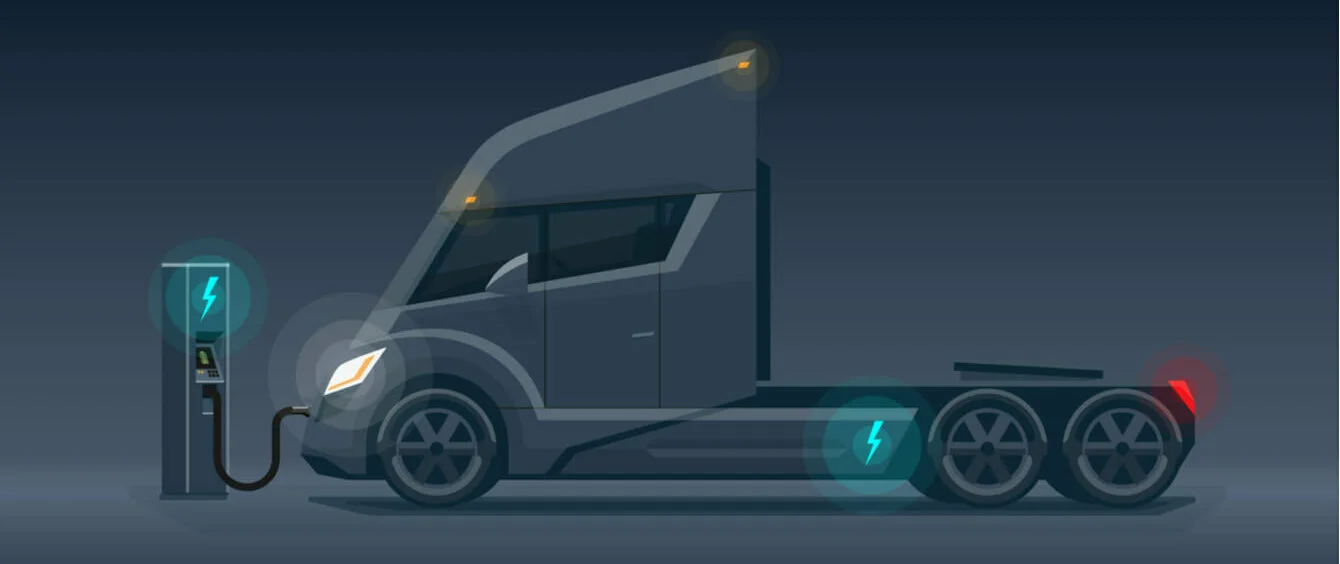Electric trucks are set to reduce emissions in the transport sector. In fact, in some cities they are already helping to improve air quality
Until now, the transport sector has been slow off the blocks in helping to achieve the European climate objectives. This is now set to change, as the EU is beginning to up the ante: Brussels has decided to reduce CO2 emissions, at least for trucks, by 30 percent by 2030. Other countries are set to join them in reducing truck exhaust fumes: In the USA, the state of California is the main driving force. And China, too, wants to take the dirtiest diesel trucks out of circulation, at the very least.
But are electric trucks really the solution? Before now, electric motors have not had an easy time in the heavy goods traffic sector as long distances are what often counts in this area. After all, the batteries which are currently on the market only last for a few hundred kilometres. What’s more: When fully charged, this distance is decreased even further.
But not all trucks have to travel long distances in one go. Many perform their duties within rather limited radii in congested urban areas: waste collection, logistics services and construction site vehicles, for example. This is where electric motors are able to come into their own due to their increased efficiency, compared with internal combustion engines. When stationary they do not burn any fuel, when setting off they deliver their full torque, and when braking the batteries are even able to regenerate energy. At night they have time to recharge – or are still making the rounds thanks to their whisper-quiet motors and brakes. They are also better suited for the infamous ‘last leg’, i.e. journeys between the large logistics centres on the outskirts of town and the recipients, when compared to models that run on fuel.
No wonder, then, that many suppliers have put forward e-trucks for these tasks in particular. In the meantime, however, some manufacturers are also eyeing up the longer distances – both start-ups and large corporations are jostling for a seat at the table. Below, you will find a number of their concepts:
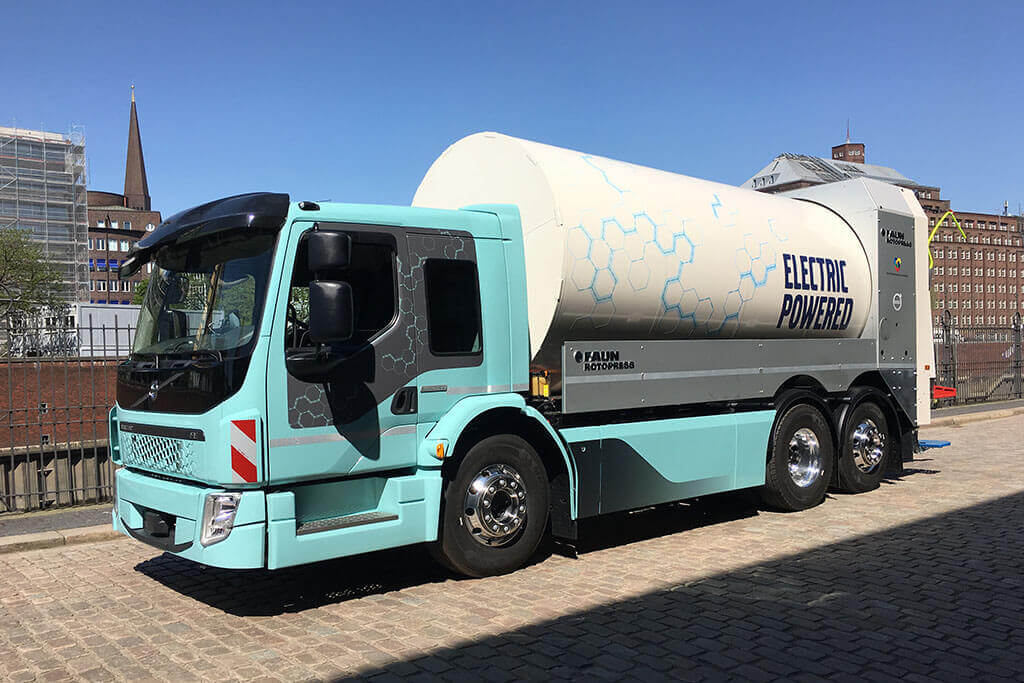
In the middle of last year, Volvo Trucks delivered the first fully electric refuse truck to the city of Hamburg. According to the manufacturer, the Volvo FE Electric has a maximum output of a good 500 hp (370 kW) available to move its 27 tons total weight. The batteries can store energy for up to 200 kilometers - a range that also offers other manufacturers in this weight class. If the batteries are empty, they can be recharged within 1.5 hours using a suitable charging system. The "Hamburger Abendblatt" celebrated the delivery as a "world premiere". It was also one - at least for Volvo (Source: Volvo Trucks).
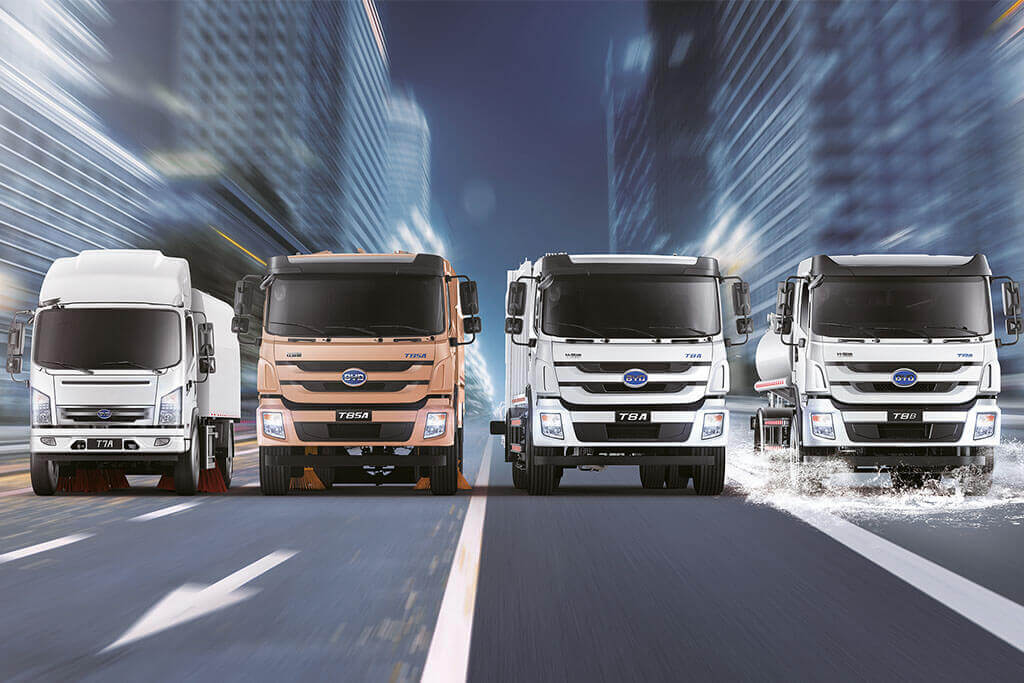
According to its own statements, BYD delivered in mid-2017, the first fully electric garbage truck. Never heard of BYD? According to their own PR, the Chinese battery specialist is the world's largest e-vehicle producer. In Europe, the Chinese are mainly selling buses, in the homeland they are also successful with electric cars. Its iron phosphate batteries are installed by BYD in a number of urban commercial vehicles, but also in semi-trailers. By the way, the first American town with a BYD garbage truck was Palo Alto - Palo Alto of all places, home of the illustrious US competitor Tesla (source: BYD).
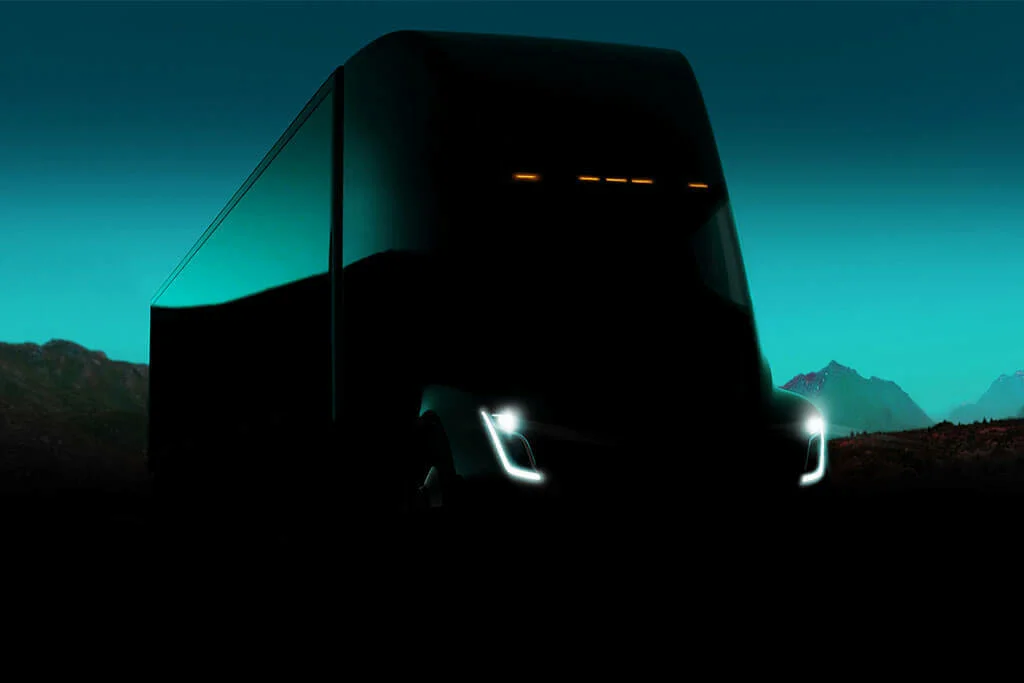
Of course, Tesla, the most well-known manufacturer of electric cars, has also introduced its own e-truck. The name is simple as typical for Tesla: "Semi" is an electrically powered tractor. With four batteries designed to enable fast charging, however, an unloaded 40-ton truck weighs two tons more than a diesel equivalent, reports The Economist. That means two tons less payload. Small side note: Tesla co-founder Ian Wright and his company Wrightspeed are also converting old diesel garbage trucks to hybrid drive (Source: Tesla).
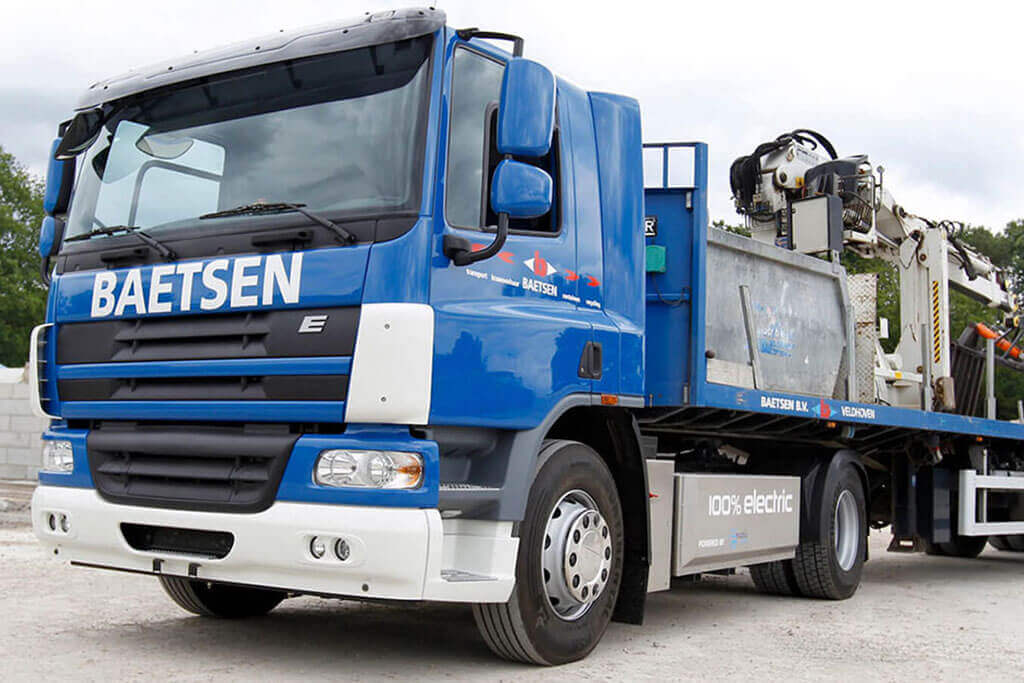
The Dutch-Belgian company E-Trucks Europe specializes in the conversion of classic trucks. In addition to hybrid and full electric drive, fuel cells are also available. So far, customers in the Netherlands, Belgium and Germany use the emission-free cars, especially on short distances - for logistics services, as construction site vehicles or - one suspects - in the garbage collection. E-Trucks Europe also installs models from the Eindhoven-based manufacturer DAF - similar to the Dutch industrial group VDL (source: E-Trucks Europe).
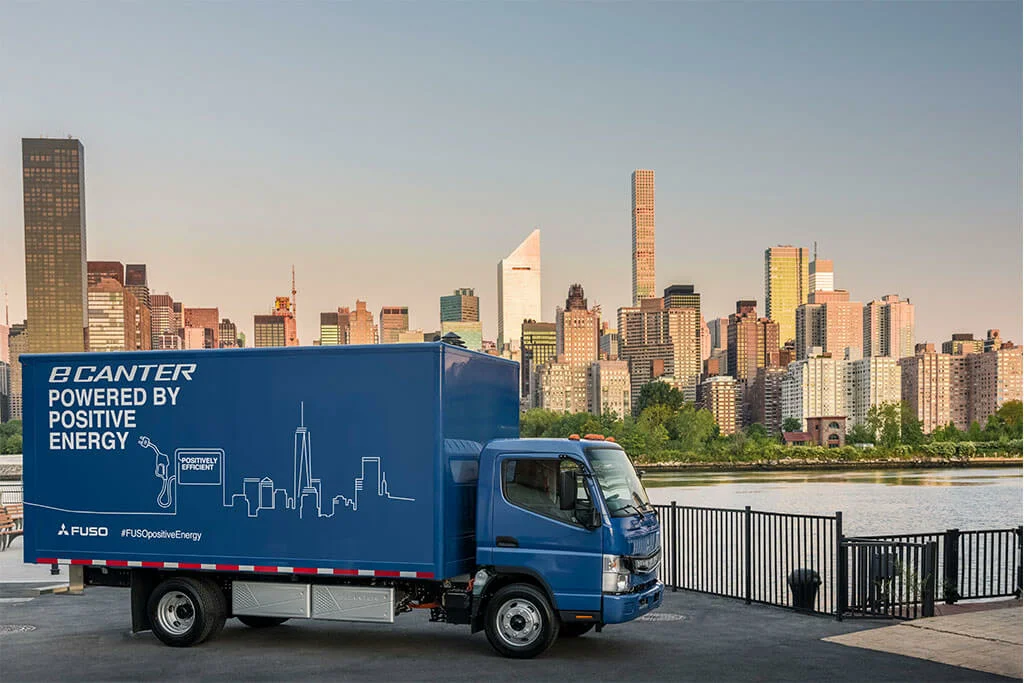
Together with its partner Mitsubishi, Daimler has an eye on the "last mile" of logistics centers in the city's narrow streets - with the Mitsubishi FUSO eCanter. According to the company, the first fully electric 7.5-ton truck was handed over in autumn 2017 in New York to the parcel service UPS. According to the "Stuttgarter", the eCanter is now produced in series for North America, Europe and Japan - as the only e-truck of the house. Larger models of various sister companies are currently still in the test phase with customers (Source: Daimler AG).
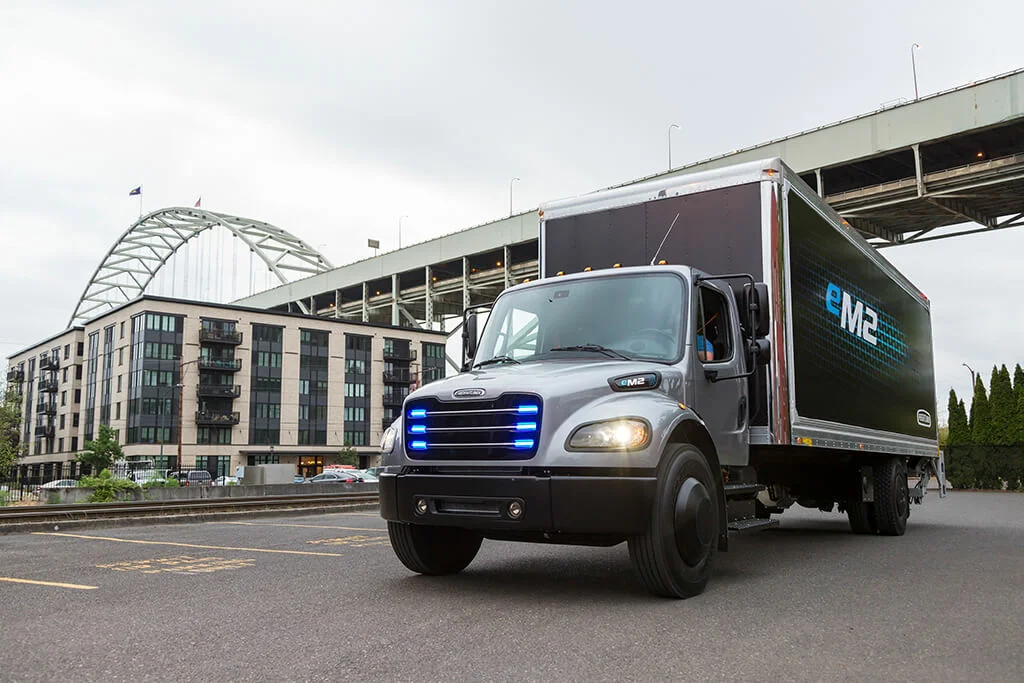
Shortly before Christmas 2018, Mercedes parent company Daimler delivered the first of 20 e-trucks of the US brand Freightliner to a customer in California. Overall, according to Daimler, that customer will put an additional nine medium-duty trucks and ten heavy-duty semi-trailers into service until the end of 2019. With this product range, Daimler calls itself "the world's first manufacturer to test electric trucks in all weight classes together with customers in practice". Yet, without a doubt, there are competitors in all weight classes. (Source: Daimler AG).
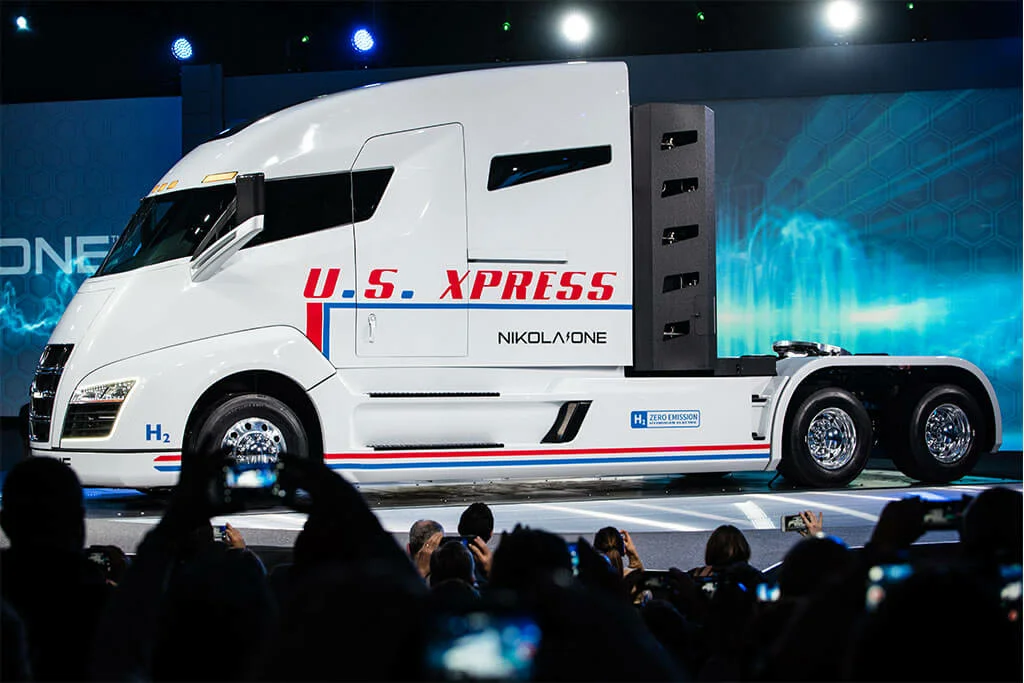
Nikola - the second company in the e-mobility market, which refers to the (almost forgotten) electropioner Nikola Tesla with his name, wants to go a long way: The "Nikola One" combines lithium-ion batteries and hydrogen-powered fuel cells. He should achieve ranges of up to 1,000 miles, more than 1,600 kilometers. The big advantage that the fuel cell has over batteries: The tanks are filled up in 20 minutes. By 2020, the first trucks will be delivered (source: Nikola Motor Company).
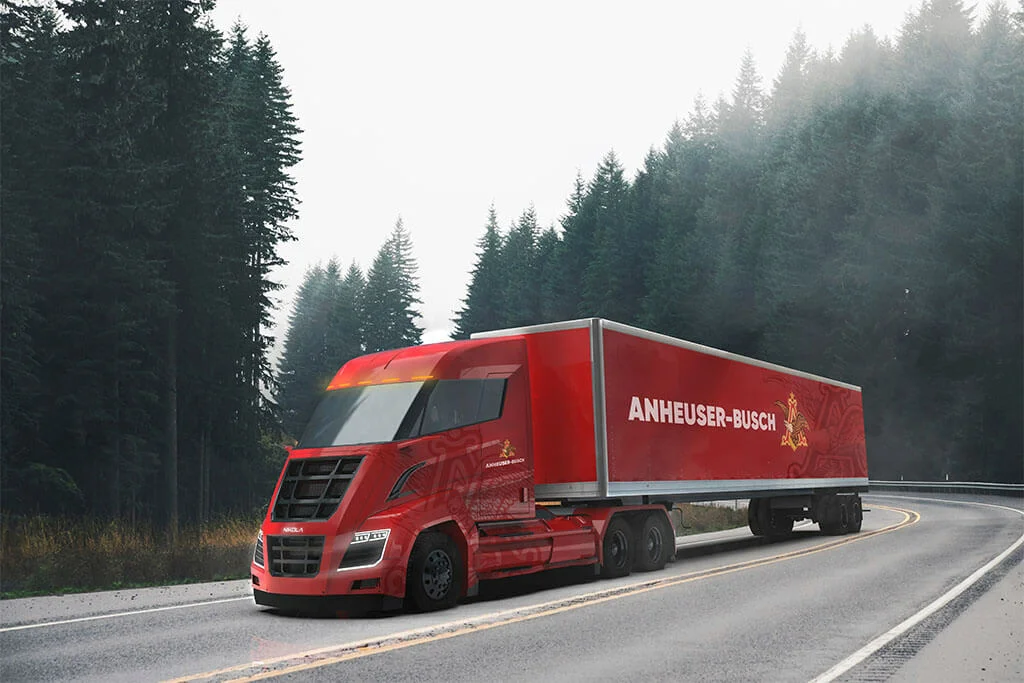
Nikola wants to take care of the H2-infrastructure: Together with the Norwegian hydrogen specialist Nel, North America and Europe will be supplied with large-area supply by 2030. An ambitious goal, but Nikola has already convinced powerful customers: In addition to the logistics company U.S. Xpress has also ordered Anheuser-Busch: The brewery giant from St. Louis wants to buy up to 800 trucks. The picture shows the slightly smaller Nikola Two. Specifically for the European market, the company from the US state of Arizona has developed Nikola Tre (Norwegian for three) (source: Nikola Motor Company).
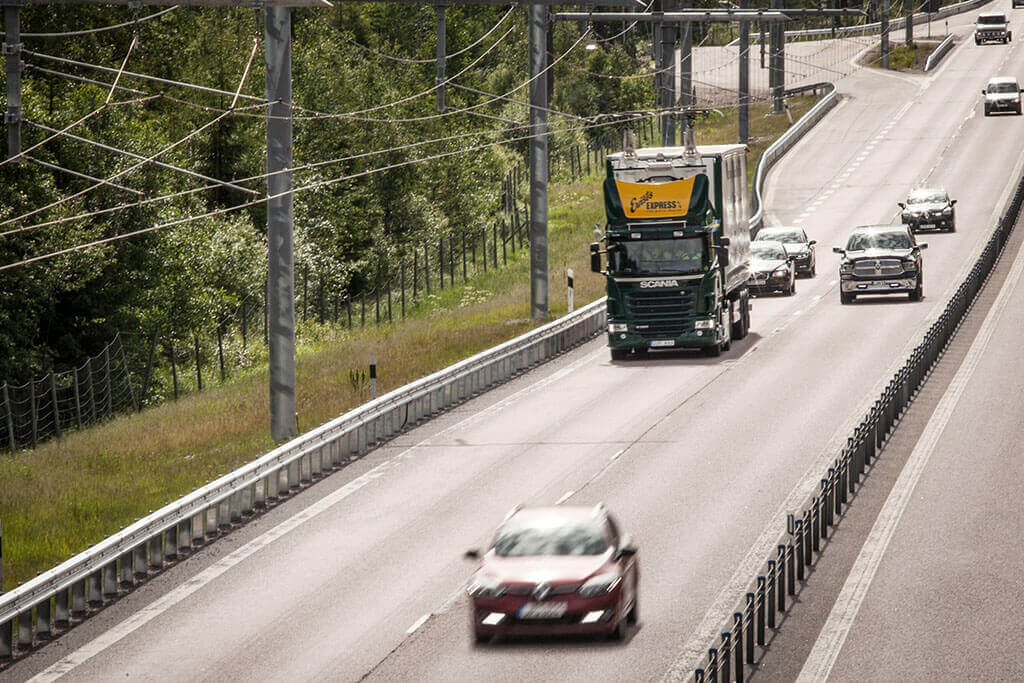
With the "eHighway" the Swedish truck producer Scania and the German industrial group Siemens are following a completely different approach to enable long-distance transport with electric drive. The idea behind it: hybrid trucks drive in sections to overhead lines. The collectors charge their batteries while driving. In Sweden and the US pilot projects are already running on public roads. The third test track will go into operation on the A5 between Frankfurt and Darmstadt in 2019 (Source: Siemens AG, Munich / Berlin).
